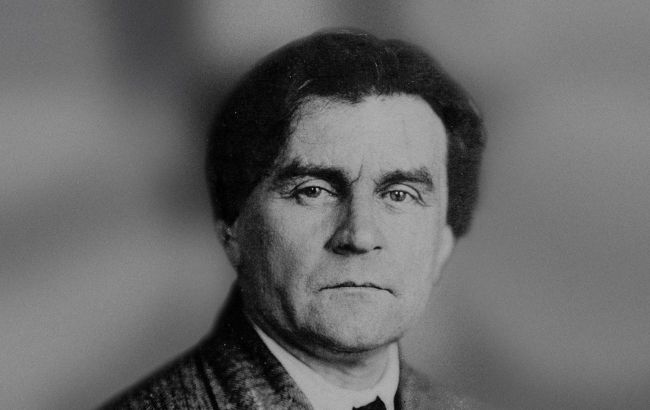Kazimir Malevich and his Ukrainian life that was kept silent: 5 important facts
 Why Malevich is a Ukrainian artist (photo: wikipedia.org)
Why Malevich is a Ukrainian artist (photo: wikipedia.org)
For decades, the world knew Kazimir Malevich as a Russian avant-gardist. That’s how he was described in textbooks and how his works were attributed in the world’s leading museums. Yet every time we open the archives and read his notes, a different picture emerges. Today, international institutions are reassessing imperial clichés, and Malevich is returning to his true context — Ukrainian.
RBC-Ukraine explains which five facts prove that Kazimir Malevich was a Ukrainian artist.
Birth and formation
Kazimir Malevich was born in Kyiv in 1879. His childhood and youth were spent in Ukrainian towns and villages, where he observed the lives of peasants, and these very images later formed the basis of his peasant cycle. Although his family had Polish roots, the cultural environment that shaped the artist was Ukrainian.
Kyiv period 1928–1930
An important but long underestimated part of his biography is Malevich’s Kyiv years. He taught at the Kyiv Art Institute, published in the journals Nova Generatsiia and Almanakh-Avanhard, and gave lectures to students.
These texts and ideas later became part of his theoretical legacy. Ukrainian researcher Tetiana Filevska, in her books, has restored and systematized this period, proving that without Kyiv it is impossible to understand the late Malevich.
Self-identification
Documents show that in 1930, during his arrest, Malevich explicitly listed his nationality as "Ukrainian." In different years, he might have noted his Polish background or written differently in official papers, but the fact of his birth, education, and work in Ukraine leaves no doubt about his belonging to Ukrainian culture.
International recognition
After 2022, the world’s leading museums have changed their attribution. The Metropolitan Museum of Art in New York, the Stedelijk Museum in Amsterdam, and others now present Malevich as a Ukrainian artist (often specifying his Polish heritage). This is the result of a reassessment of narratives shaped for decades by the Russian imperial school of art history.
Ukrainian meanings in painting
Malevich was not simply experimenting with form. His canvases are imbued with a Ukrainian foundation: from the color palette of the peasant cycles to the motifs of icon painting and folk ornament. Even the Black Square, which became a symbol of modernism, can be seen as a radical rethinking of the spiritual and cultural codes embedded in his environment.
Why is this important now?
For decades, the empire appropriated Malevich, attempting to erase Ukrainian contexts. Today, the return of his name to Ukraine is not only a matter of art but also an act of cultural justice. After all, the history of the avant-garde is impossible without Ukrainian roots, and the world needs to know this.
Starting September 11, 2025, Ukrainians will have the chance to see the artist in a new light — in the feature film Malevich directed by Daria Onyshchenko.
This is the first large-scale attempt to tell the story of the artist from a Ukrainian perspective: as a person, thinker, and teacher, not just an "icon of abstraction."

